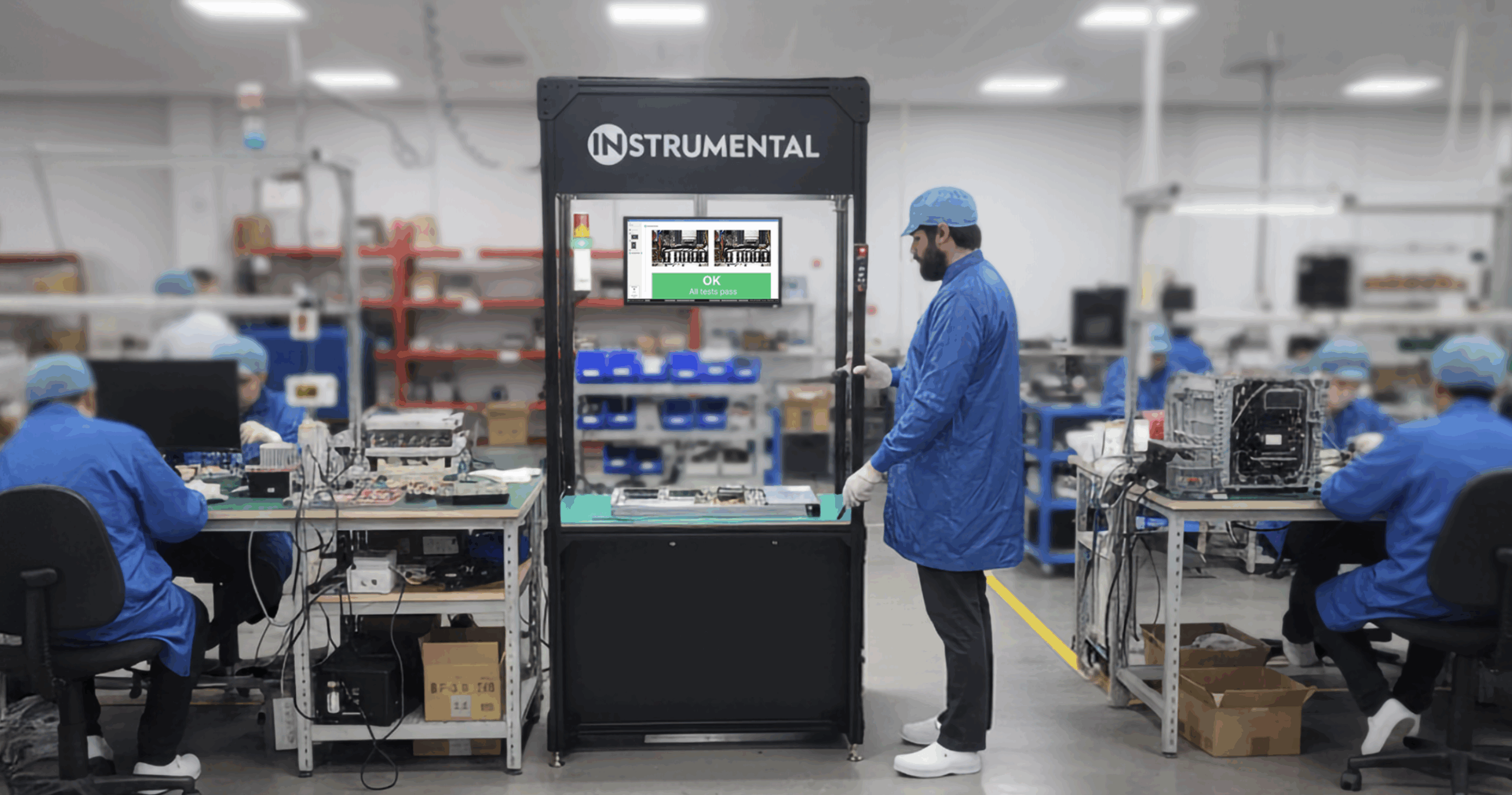Making up more than half of the world’s total GWP at $40 Trillion, nothing about the manufacturing space is small. Somewhere on its way to becoming the largest market in the world, manufacturing developed a problem with global implications: 20% of every dollar spent in the industry is wasted – adding up to $8 Trillion, or 10% of the GWP. Typically a 20% efficiency loss would be a red-alert issue. We have a recent example as proof: for those products impacted by the US-China tariffs, which are economically at the same order of magnitude (10-25%), brands and manufacturers mobilized a massive undertaking to move supply chains they wouldn’t have imagined possible even a few years ago. It would be reasonable to expect a similar effort to reduce this 20% of excess waste, as recouping its loss would bring about a renaissance of value for every company in the manufacturing industry. Unfortunately, and interestingly, that is not the case.
While manufacturing waste comes from various sources, this 20% of waste isn’t physical waste produced by manufacturing as an industry (which is a topic on its own). I’m talking about economic waste: money that was spent that, arguably, didn’t have to be spent due to inefficiencies in manufacturing things. Let’s consider consumer electronics, where the economic waste vectors take many forms across the entire lifecycle of a product, from development to production.
In development, mistakes and experiments make up a core waste vector. While engineering teams work hard to keep costly mistakes to a minimum, they happen to every product. Sometimes engineering teams miss something, and parts end up interfering with each other, or something critical doesn’t work, necessitating adding an entire build to the development cycle. Injection molding tools might have errors in the design or the fabrication, which have to be corrected – easily a $50,000 mistake per tool plus weeks of tool downtime. In fact, the fear of downtime in the development process leads many teams to kick off parallel versions of the same part – incurring tooling costs for each one – as experiments to ensure a plan B or C will work.
In production, not all units built will meet the defined specifications, and the consequences can be huge. Some of those units can be repaired, some get damaged in the repair process to become scrap, and yet others aren’t actually caught in the factory and come back as expensive returns from the field. Everyone has had the experience of buying a product that didn’t work out of the box – the cost of that kind of failure to a manufacturer can be outsized: not only in the replacement cost of the unit, but in poor product reviews that slow sales, and in some of the worst cases, brand damage. Another large component is underutilized human resources. When an upstream tool unexpectedly goes down for repair, it causes a ripple effect throughout an entire supply chain. Trained operators on assembly lines may be sitting in their places ready to build, but there are no parts to build with. An idle line can rack up thousands of dollars in cost every hour.
For those who have spent their careers in manufacturing, perhaps this waste feels like the cost of doing business. The industry has gotten used to yield fallout, bone piles, downtime, product launch delays, process shifts in production, and 1-star Amazon reviews. It’s not because we want to be complacent. It’s just too hard to solve problems in manufacturing.
While it varies by vertical, in the electronics industry, the pains are acute. There are too many open loops in developing new products and producing them at high volume – things can go wrong. As the global manufacturing leader for a top electronics brand told me, “Our factories are optimized for when the trains are all running on the tracks – and we do well. As soon as one of the trains falls off the tracks, we don’t have good processes for knowing about it, why it happened, or how to clean it up.” Even when data is collected, it is likely siloed and generally unavailable because of networking challenges, security, or lack of tools to aggregate and make sense of it. Much of the technology and equipment on electronics assembly lines are single-purpose, customized tools. And ultimately, much of the process is reactive and blind to upcoming risks, not to mention issues and shifts that are currently happening. Manufacturing operates today with brute force: doing what’s necessary to operate anyway, resulting in great inefficiencies. I know of multiple admired electronics brands that track their production input and output with paper and pencil. They have no true understanding of what some of their core metrics around scrap, rework, yield, and even part consumption are – for them, identifying that a shift in their process happened two days ago is a science fiction future.
And yet, as an industry we were promised that technology would provide much more. Since this industry is full of incredibly pragmatic and practical folks, “those IOT and AI people” who’ve been proponents of technology advancements without delivering on value have been relegated to the status of mad hatters. In general, the technology has been disappointing. It hasn’t solved the core problem: making it easier to solve problems. Many of these technologies have tackled only small symptoms of the overarching problem, like replacing headcount or providing dashboards software without the right factory data feeding in, arguably adding complexity to an already burdened system.
While Instrumental started back when AI was still snake oil in the industry, in the last year, it has become clear that manufacturing AI will be a going concern. Once people start seeing AI technologies as consumers, they will want the same benefits in their enterprise technology. AI is advancing so fast that anything I write in this article about it will be outdated within weeks. The enduring point is that it will be critical for engineering and operations leaders to think about how this technology can be leveraged to fundamentally change how they deliver on their organizations’ core value metrics. This is an area where Instrumental can help.
The answer on how to eliminate waste and drive business value is to think bigger. It’s not just a dashboard or a new technology that supports a niche use case. The answer needs to be holistic. It needs to focus on the metrics that matter in manufacturing: yield, efficiency, uptime, time to market, end-user delight, and more. It cannot be too different; it needs to fit directly into the problem-solving workflows of the engineers already working on solving problems – ideally accelerating the drudgery so they can maximize the time they spend using their engineering expertise. Data, the right data at the right time, will be the fuel that accelerates these workflows and the grease that keeps the train on the tracks.
Related Topics






